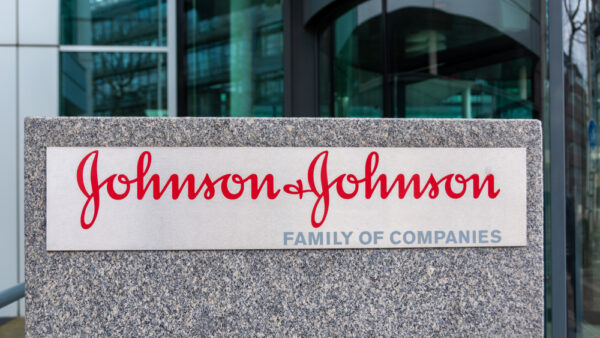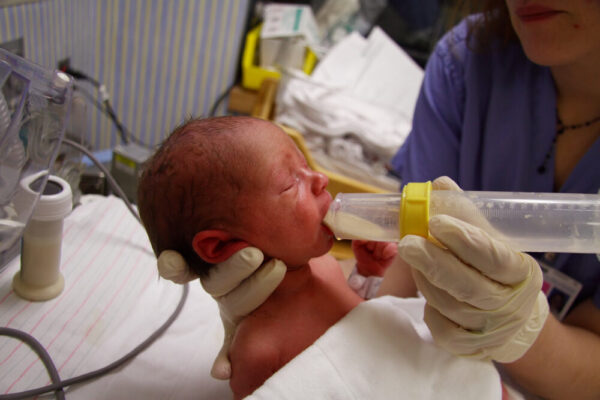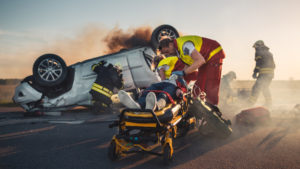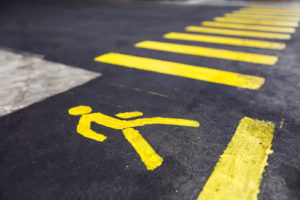The National Highway Traffic Safety Administration (NHTSA) has upgraded its investigation of more than 5 million Jeep SUVs with fuel tanks located behind the rear axle (aft-of-axle fuel tanks) because of potential fuel system defects that lead to fires in rear-end collisions. Because the fuel tanks are located behind the axle, there is very little vehicle structure to protect the tanks during a rear-end collision and the tanks may be crushed as a striking vehicle intrudes into the Jeep's rear crush-zone. This is the same type of design defect that plagued the Ford Pinto.
Ford's Pinto had a notorious fuel system defect. In the Pinto, the gas tank was located between the rear axle and bumper. In a rear end collision, the gas tank was literally smashed between the bumper and the axle, resulting in terrible fires. The Center for Auto Safety identified not only the fuel tank location, but also problems with the fuel filler neck. Every fuel tank is purposefully designed with a large hole because you have to fill the gas tank in some way. This opening in the fuel system must be protected. Automakers can prevent fuel leaks with an anti-siphoning check valve that costs only pennies. Yet most manufacturers do not use this simple safety device.
Why would trained engineers design a vehicle so that the fuel tank is unprotected in common accidents? Gasoline is an extremely volatile and dangerous substance. One gallon of gasoline has the explosive force of 24 sticks of dynamite. The fuel tank should be the most protected vehicle component; not the least protected.
This defect affects Jeep Grand Cherokees, Jeep Cherokee, and Jeep Liberty models, some of which were made in the early 1990s. Vehicles included in the investigation:
Jeep Grand Cherokee: 1993 – 2004
Jeep Cherokee: 1993 – 2001
Jeep Liberty: 2002 – 2007
Despite the investigation and risk of fire, Chrysler has resisted issuing a recall. In 2005, Chrysler redesigned the vehicles, providing additional space between the front and rear axles and placing the fuel tanks in the safer location between the two axles.
Clarence Ditlow, head of the Center for Auto Safety, wrote to Chrysler's CEO, Sergio Marchionne, urging Chrysler to better protect the vehicles' fuel systems. In his letter, Ditlow called the Jeep vehicles "a modern-day Pinto for soccer moms."
NHTSA's assessment of the data collected during preliminary evaluation indicates that rear-impact-related tank failures and vehicle fires are more prevalent in the Jeep Grand Cherokee than in the non-Jeep peer vehicles. In addition, the agency's analysis of its … data for the peer vehicles and three Jeep models shows a higher incidence of rear-impact, fatal fire crashes for the Jeep products.
– NHTSA web site
Effect of Bankruptcy and Immunity Laws
Despite NHTSA's findings, Chrysler has pushed back against any recall or other corrective action to make these vehicles more safe.
Chrysler has said that "Safety, not cost, is Chrysler's top concern." If that's so, why would Chrysler not fix these vehicles if NHTSA has identified a potential safety defect that has caused at least 15 deaths and 46 injuries?
One reason: In some instances, Chrysler doesn't have liability because of immunity statutes and bankruptcy protection.
Chrysler declared bankruptcy in 2009. In its restructuring, Chrysler accepted liability for potential defects in its pre-bankruptcy vehicles. However, the Wall Street Journal discovered in April 2012 that Chrysler brokered immunity protection from punitive damages for vehicles manufactured before Chrsyler exited bankruptcy.
Chrysler's legal exemption, approved by a bankruptcy judge, is the product of rules embedded in the federal bankruptcy law. These rules allow sick companies at times to abandon product liability or other risks, overruling state laws that give consumers the right to seek damages.
Specifically, the company's immunity – which no other car maker has – stems from a clause Chrysler crafted in its 2009 bankruptcy sale to Italy's Fiat SpA. The exemption applies to more than 28 million cars and trucks.
In some states, Chrysler can avoid liabilty entirely for many of these vehicles because of immunity-granting statutes of repose. A statute of repose fixes a firm date after which a manufacturer is immune from liability. These laws eliminate your 7th Amendment right to jury trial after this date and works to entirely cut off an injured person's right to recovery damages even before the injury occurs.
Though somewhat dated, defense firm WilsonElser hosts this summary of states with Statute of Repose laws.
In automotive defect cases, statutes of repose often have Draconian results that disproportionally affect poor and young drivers. In states with statutes of repose, liability is completely cut off beginning 6 to 15 years following the vehicle's manufacture or sale. In these states, if you're injured by an automobile defect and your car is 6 years or older, the automaker may have no liability for your injuries, even if the manufacturer actually knew of the defect and acted with malice or intentional conduct.
Who drives older vehicles that would be subject to these statutes of repose? I do, for one. But also young drivers purchasing their very first car. Also, poorer drivers who cannot afford a newer vehicle or those trying to pay off debt and downsizing into a "beater" to avoid high car payments (for example, those on Dave Ramsey's financial plan).
Like with these Chrysler vehicles, just because you have been fortunate enough to have not been in a rear-end accident yet does not mean the vehicle is not defective. But, because Chrysler can completely avoid liability for these vehicles in some states – even if there is a safety defect identified by NHTSA – Chrysler is less likely to expend financial resources to recall and correct the defect. Statutes of repose and other immunity protections save auto companies money, but they cost lives.
[More on Chrysler]
[More on Fuel Fed Fires and Fuel System Defects]
Previously: NHTSA Considers Jeep Grand Cherokee Recall For Fuel Tank Defect
Read More:
- Chrysler Jeep Fuel-Tank Fire Probe Upgraded By U.S. NHTSA [Angela Greiling Keane at Bloomberg]
- Government expands investigation of Jeep gas tank fires [Brent Snavely at Detroit Free Press]
- Government expands probe of Jeep gas tank fires [Tom Krisher at Huffington Post]
- Feds Investigate Jeeps For Fire Risk; Chrysler Says No Recall Necessary [WHAM 13 ABC Affiliate]
- Fuel-Fire Probe Involves More Than 5 Million Jeep Vehicles [Jonathan Welsh at The Wall Street Journal]
- Jeeps Face Greater Risk of Catching Fire [ABC News]
- Burned Alive: What You Need To Know About Fuel Fed Fire Defects
- Chrysler Got Legal Shield in Chapter 11 [Mike Spector at The Wall Street Journal]
- Chrysler's Newfound Immunity [Jonathan H. Adler at The Volokh Conspiracy]
(c) Copyright 2012 Brett A. Emison
Follow @BrettEmison on Twitter.

Brett Emison is currently a partner at Langdon & Emison, a firm dedicated to helping injured victims across the country from their primary office near Kansas City. Mainly focusing on catastrophic injury and death cases as well as complex mass tort and dangerous drug cases, Mr. Emison often deals with automotive defects, automobile crashes, railroad crossing accidents (train accidents), trucking accidents, dangerous and defective drugs, defective medical devices.













Comments for this article are closed.